9 Pilots Who Intentionally Crashed Planes
Categories: Catastrophes | History
By Pictolic https://pictolic.com/article/9-pilots-who-intentionally-crashed-planes.htmlOn Sunday morning, September 26, 1976, pilot Vladimir Serkov flew an An-2 plane without passengers to a five-story residential building located at Stepnaya Street, building 43/1. The collision and resulting fire killed 11 people, including the pilot. During the investigation, it was established that Serkov’s wife lived in the house, who shortly before the tragedy left him and took the child.

Suicides among pilots, although rare, do happen. Over the past 30 years, in the United States alone, at least 44 pilots have attempted to take their own lives by deliberately crashing their planes into the ground. According to an investigation by the National Transportation Safety Board (NTSB), all suicidal pilots were men and most of them were acutely upset by separation from girlfriends or wives, or they had problems with the law.
Flight 9525 took off at 10:01 on March 24, 2015 from Barcelona and headed for Dusseldorf. There were 144 passengers and six crew members on board the Airbus A320. They all died in the disaster. The plane began descending from the designated altitude of 11 kilometers at 10:31. Contact with the airliner was lost at an altitude of about two kilometers at 10:40.
The plane's transponder data showed that the autopilot was programmed to descend to 30 meters. Investigators' attention focused on 27-year-old co-pilot Andreas Lubitz, who locked himself in the cockpit with the apparent intention of steering the plane into the ground.
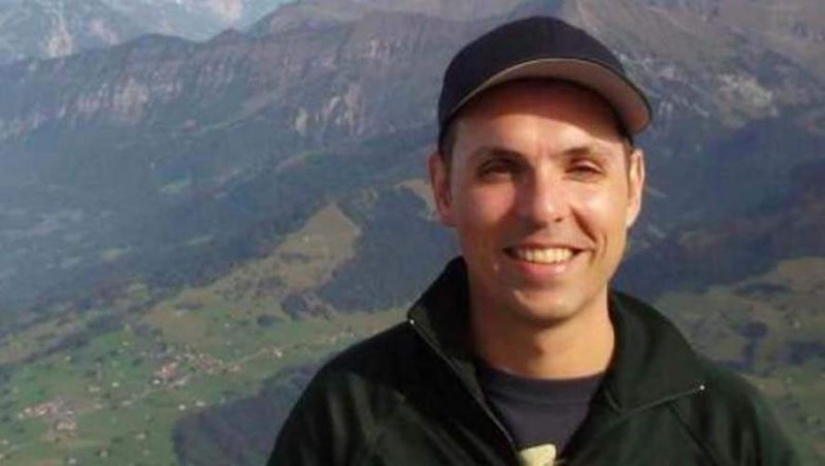
The German Bild published transcripts of conversations between the flight pilots, from which it is clear that shortly after takeoff, Lubitz was left alone in the cockpit. Captain Patrick Sondenheimer complained that he did not have time to go to the toilet before takeoff, and after occupying the flight level and the standard check, Andreas Lubitz told the captain: “You can go now.” Sondenheimer handed over control of the plane to him and left the cockpit.
Some time later, a loud bang is heard on the recording, and then the captain shouts: “Open the door, for God’s sake!” The screams are followed by blows, presumably with a crowbar or an ax, on the door. The plane continues to descend, the automatic warning system sounds: “Earth, rise!” The captain again tries to shout: “Open this damn door!” — the screams of passengers can be heard from behind. Finally, the wing of the airbus touches the mountains, and the recorder records the sound of the plane collapsing.
Lubitz's exact motives have not yet been established, but German investigators have already stated that the pilot hid his illness from the airline, and on the day of the disaster a torn sick leave sheet was found in his apartment. Andreas was very concerned about the deterioration of his vision and was very worried about parting with his girlfriend. Doctors also confirmed that the pilot underwent psychotherapy to obtain a license.
Lubitz underwent his annual physical last summer. A spokesman for Lufthansa, whose subsidiary Germanwing is, said such examinations do not include psychological testing of pilots.
There is still no definitive answer as to what happened on October 31, 1991, when EgyptAir Flight 990 crashed in international waters, killing 218 people. A subsequent investigation by the National Transportation Safety Board concluded that the crash was caused by the co-pilot's intentional actions, but Egyptian investigators found evidence of a fatal mechanical failure.
The flight's co-pilot, Jamil el Batouti, was in full control of the plane as it tilted 40 degrees. This was the conclusion reached by the National Transportation Safety Board at the end of its investigation. Also, according to the flight voice recorder, when Captain El Habashi returned to the cockpit, he unsuccessfully tried to stop the plane from descending, but El Batouti prevented this by abruptly turning off the engines.
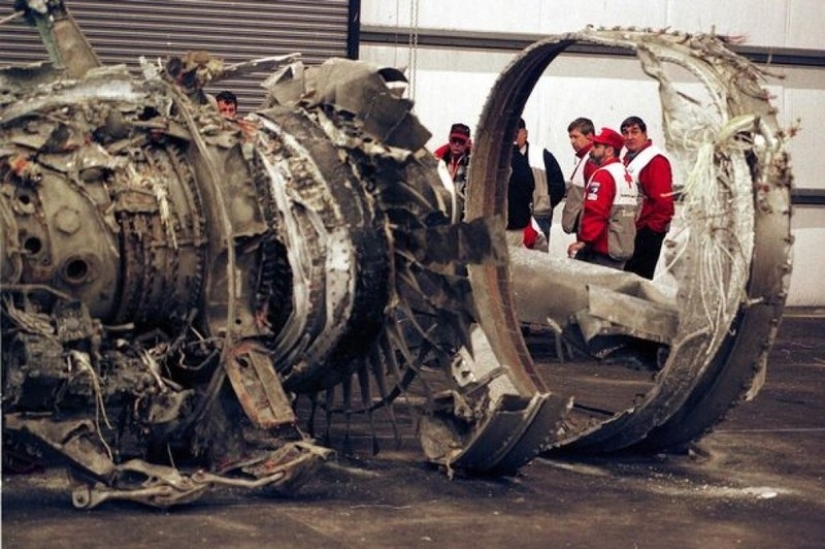
El Batouti’s last words remained on the torn tape of the recorder: “I put my fate in the hands of Allah.” It later became known that the pilot most likely committed suicide, taking with him the 217 people on board.
After studying the findings of the Egyptian Civil Aviation Investigation Committee, American journalist William Languish wrote: “The population of this country has a completely different way of thinking. It seemed to me that they knew full well that El Batouti had committed suicide. But they pursued their own goals, their conclusions and reports were dictated from above, and this country has very autocratic power and unquestioning submission to the authorities. The order came, perhaps even from President Mubarak himself, and they could not admit that El Batouti deliberately sent the plane into the water. So they insisted on technical problems.”
Two years before the Germanwings tragedy, a very similar disaster occurred in Mozambique. A Mozambique Airlines flight crashed with 33 people on board. Captain Herminio dos Santos Fernandez set the autopilot for a programmed fall.
On November 29, 2013, flight TM470 crashed into the swamps of Bwabwata National Park during a scheduled flight to Angola. Killed were 27 passengers from Mozambique, Angola, Portugal, France, Brazil and China, as well as all six crew members.
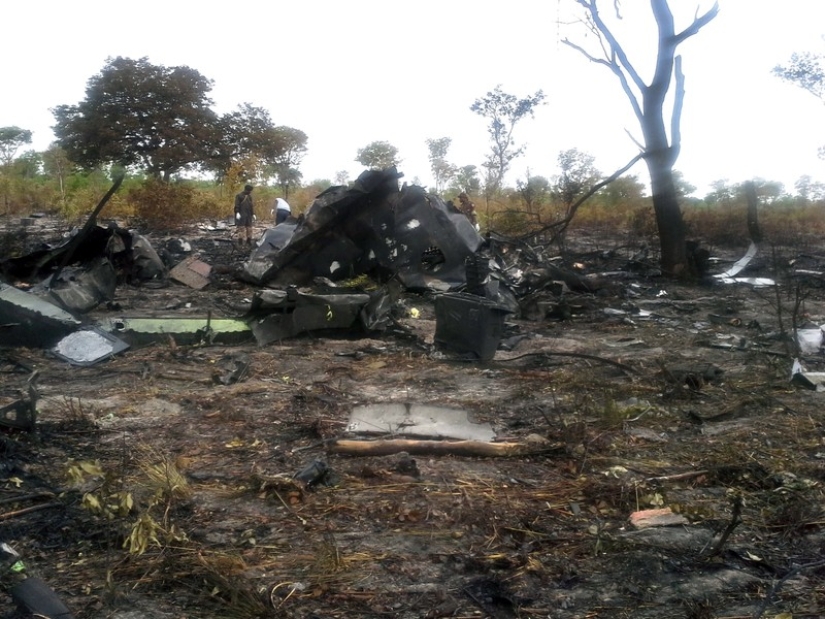
Dos Santos Fernandez locked himself in the cockpit, did not respond to warning signals from the on-board systems and did not allow the co-pilot to return until the Embraer 190 collided with the ground. The flight recorders recorded a manual altitude change three times from 11,000 to 180 meters, and then below the horizon, and the aircraft speed also changed three times. The drogue flaps were fully extended and remained in that position until the end, meaning the captain had disengaged the autopilot and was in full control of the aircraft prior to impact. However, his motives remained unknown.
SilkAir flight MI185 took off from Jakarta at 15:23 local time on December 19, 1997, bound for Singapore. The weather was clear, the plane was almost new. At an altitude of about 10,600 meters above the island of Sumatra, the Boeing 737 suddenly dropped its nose sharply and began a high-speed dive until it fell into the river. All 104 people on board were killed.

The plane crashed into the ground with such force that the largest fragment of the fuselage was no longer than three meters. Rescuers recovered only fragments of bodies. The investigation determined that the voice recorder and flight recorder were turned off before the fall began.
The National Transportation Safety Board led the investigation along with Indonesian authorities. The commission found that Tsu Wai Min himself sent the plane into a steep dive. During the investigation, the captain's serious financial problems were discovered: he took out a mortgage, and shortly before the last voyage, he lost a large sum of money on the stock exchange and insured his life to save his family from ruin in the event of his own death or disability. The insurance came into effect on December 19, the day of the disaster.
Chris Phatswe, the suicidal Air Botswana pilot, crashed his plane on October 11, 1999, wiping out almost the entire airline fleet.
Fatswe took off from Seretse Hama Airport and circled over it for almost two hours. He radioed the dispatcher and said, “I’m going to kill myself.”
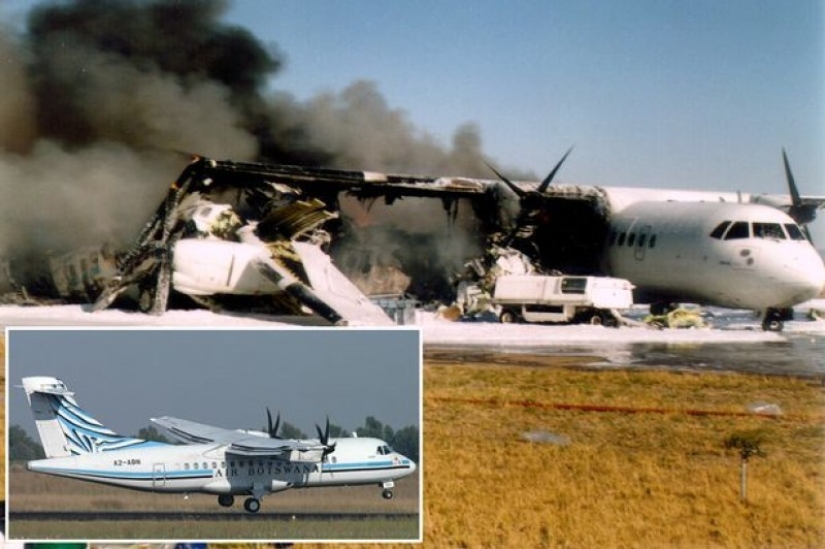
The pilot demanded to speak to Botswana's Vice President Ian Khama and, according to Air Botswana general manager Joshua Galeforce, intended to fly the plane directly to the Vice President's office. Thus, Fatswe wanted to settle scores with the company management. The controllers managed to convince the pilot that there were innocent people in the building, and then Fatswe directed the aircraft into two other ATR-42s parked on the runway.
Fatswe was fired from the company due to health reasons and took the helm without permission. “He was grounded because Air Botswana doctors deemed him unfit,” said John Williams, the national carrier’s chief commercial officer. According to other sources, Phatswe repeatedly warned airport authorities that he was planning to commit suicide.
After this incident, Air Botswana's fleet was virtually destroyed. The airline had only one aircraft left, the BAe-146, which at that moment was undergoing repairs.
In 1982, 35-year-old Japan Airlines captain Seiji Katagiri deliberately reversed his engines during landing, resulting in a loss of altitude. 24 people out of 174 died.
As it turned out during the investigation, at the time of landing, Katagiri was in an inadequate state and screamed loudly in the cockpit. He switched thrust on two of the three engines in a suicide attempt. The co-pilot and flight engineer tried to stop it and regain control. However, despite their best efforts, the plane suddenly lost most of its lift and fell into Tokyo Bay, 300 meters short of the runway.
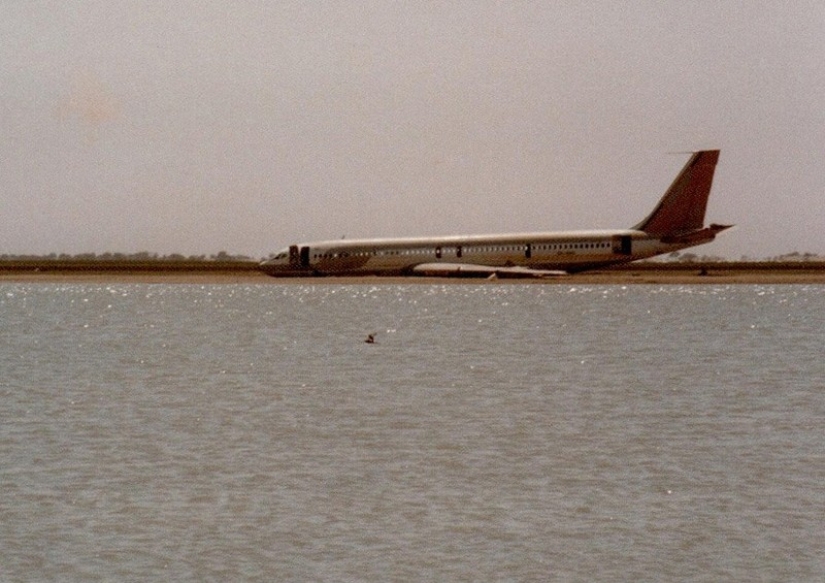
Katagiri was the first to escape from the sinking plane; To avoid liability, he told rescuers that he worked as an office employee.
It was later learned that Katagiri suffered from hallucinations and depression during the flight. He once called the police to his mansion in a Tokyo suburb because he believed he was being followed, but no listening devices or hidden cameras were found. Three times doctors sent him for psychiatric examination. In November 1980, he spent a month being treated for a psychosomatic disorder, but was cleared to fly again. Katagiri was subsequently accused of negligence and causing death by negligence, but the court did not find him guilty due to mental insanity.
On August 21, 1994, 32-year-old Royal Air Maroc pilot Younes Hayati deliberately crashed an ATR-42-312, killing 40 passengers and 4 crew. The reason for the pilot's suicide was a love failure.
The flight's co-pilot sent a distress signal, but was unable to stop his colleague from committing suicide. The last words of co-pilot Sofia Fugugi before colliding with the ground were recorded by the voice recorder: “Help! Help! Captain…"
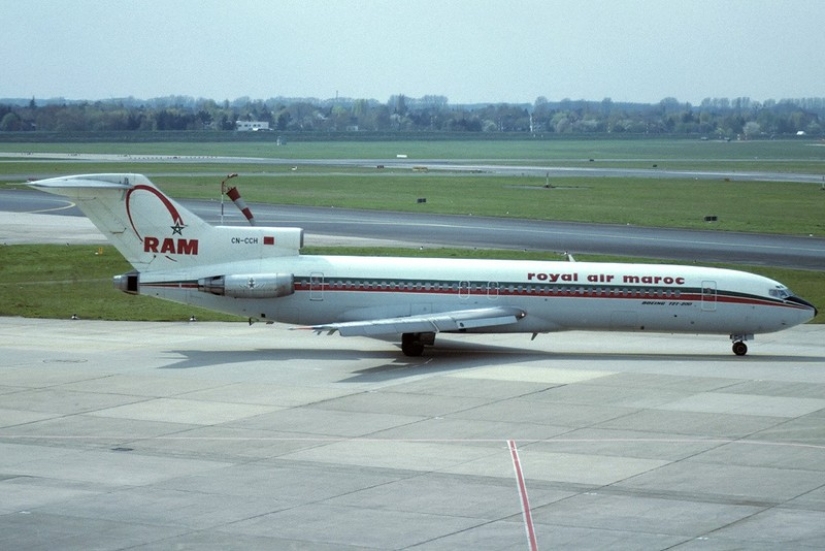
According to the investigative commission's report, Hayati turned off the autopilot and directed the plane towards the ground, which was definite evidence of the captain's deliberate desire to end his life.
The plane crashed into the Atlas Mountains ten minutes after takeoff while flying from Agadir to Casablanca. Among the dead were a US citizen, a Kuwaiti prince and eight Italians.
In 2012, Brian J. Hedglin, while under investigation for the murder of his ex-girlfriend, stole a plane. The 40-year-old pilot took the plane onto the runway at St. George Airport in Utah, began taking off, and then shot himself.
The police investigation report states that Hedglin began a takeoff run, but the takeoff failed due to a landing gear brake failure. The plane rolled down the runway and stopped. A Bombardier CRJ200 hit the terminal building with its wing, demolished a fence and crushed half a dozen cars. Eyewitnesses said that while the ship was in motion, the pilot walked out of the cockpit into the cabin and shot himself in the head.
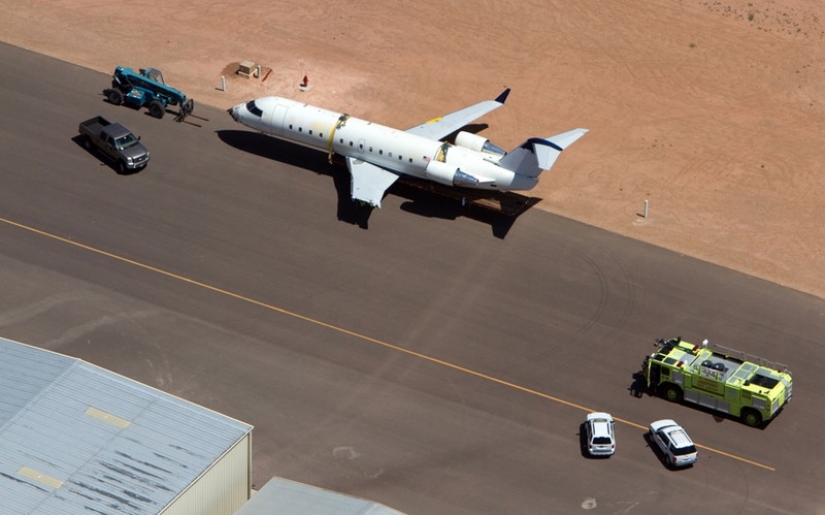
Hedglin was suspected of murdering his ex-girlfriend. Christina Cornejo, 39, was found dead of multiple stab wounds in his Colorado Springs apartment. Both Brian Hedglin and Cristina Cornejo served in the Colorado National Guard.
In the early morning of September 26, 1976, Vladimir Serkov made an unauthorized takeoff of the An-2 from Severny Airport in Novosibirsk. Having made a circle over the city at an extremely low altitude, he sent his plane straight to a residential building.
The An-2 crashed into a five-story building between the third and fourth floors next to the stairs, punching a hole about two meters in diameter in the wall. The collision caused a fire in which Serkov himself and 4 other residents of this house died.
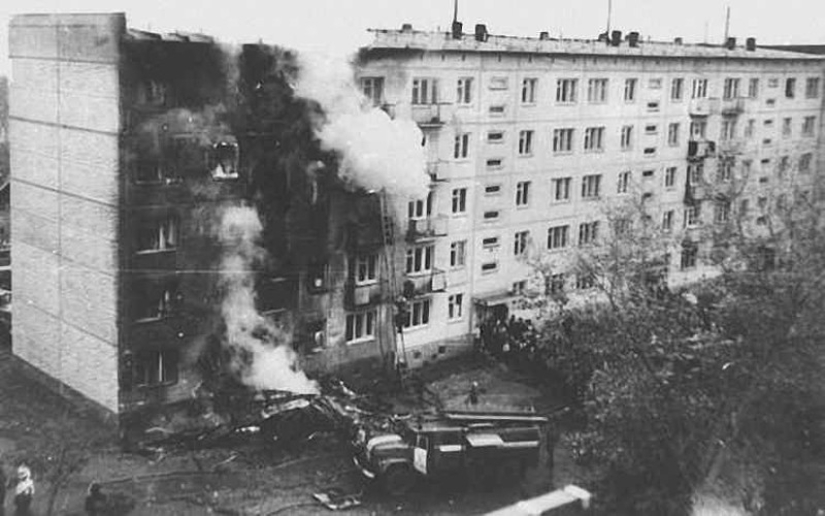
During the investigation, it became clear that Serkov’s ex-wife and their child lived in the house. Apparently, the pilot decided to commit suicide and at the same time take revenge on his ex-wife. However, neither she nor anyone else who was related to Serkov was in the house at that moment.
Recent articles

Jacques-Henri Lartigue (1894-1986) is perhaps the most famous "amateur" in the history of photography. The art world discovered his ...

It turns out that an active lifestyle is useful not only for the body but for the brain. Exercise strengthens muscles and spirit, ...

Most major companies profanity is not encouraged. It is considered that the profanity — it is a sign of disrespect for ...